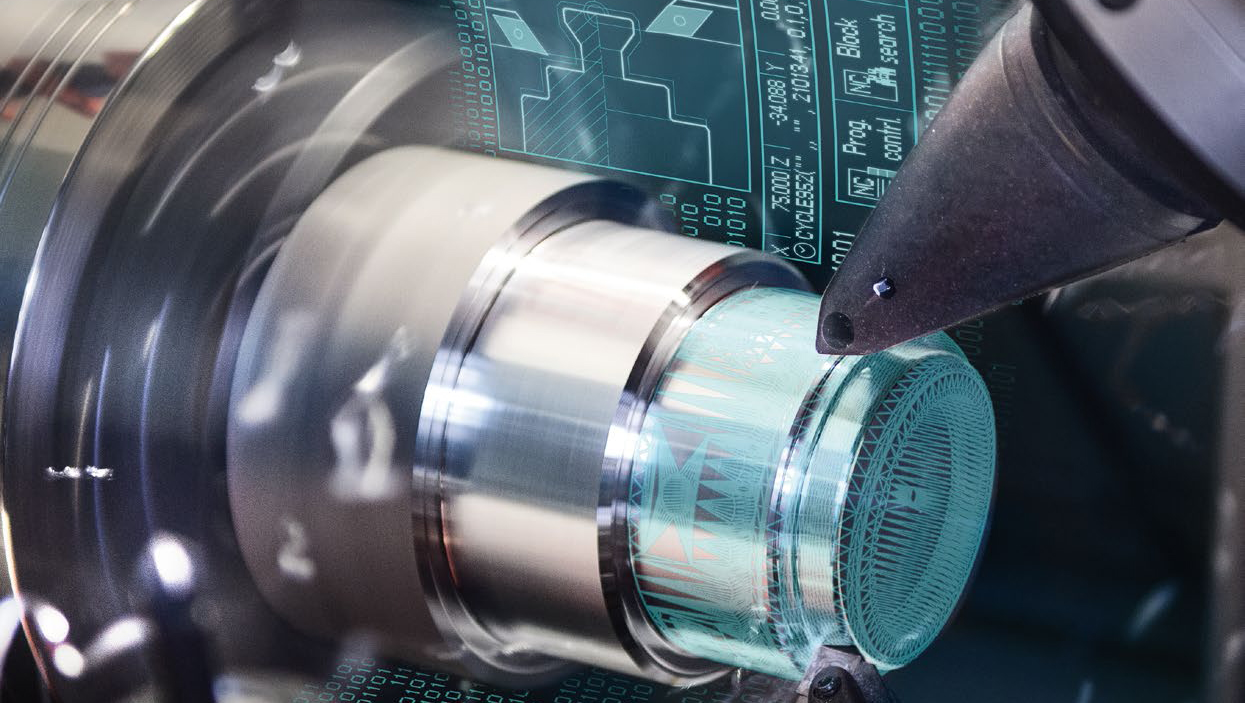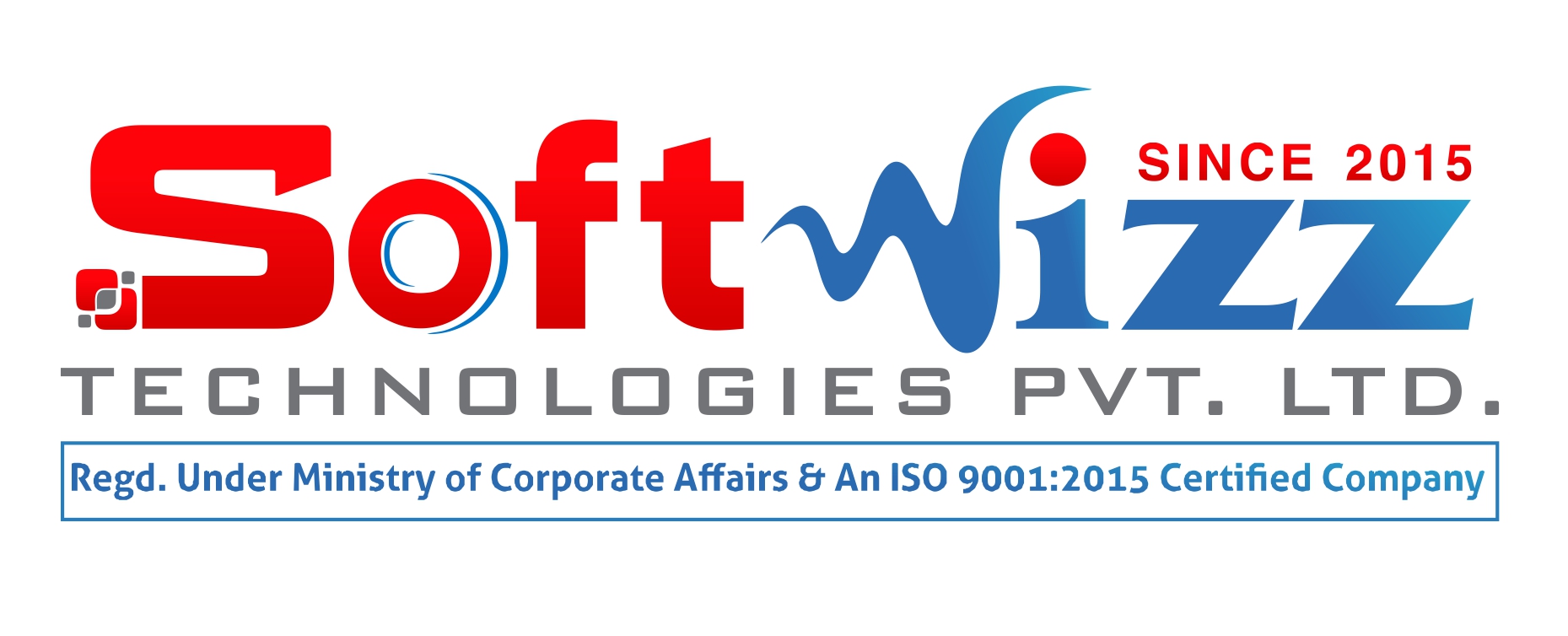Introduction to Computer Numerical Control (CNC) - Numerical control, Functions of a machine tool, Concept of numerical control, Historical Development, Definition, Advantages of CNC machine tools, Evolution, Advantages, Limitations, Features, Machine Control Unit (MCU), Classification of CNC Machine Tools,
CNC Machining Centers – Classification, Features of CNC Machining Centers, Networking of CNC, machines, Ethernet. Electrical cabinet and control panel, wiring. Electrical standards.
Types of CNC Machines - Types and constructional features of machine tools, turning centers, machining centers, grinding machines, EDMs, turret punch press, laser and water jet cutting machines, Design considerations, Axis representations, Various operating modes of a CNC machine.
Blue print reading - Reading the machining sketches, Different Geometrical Tolerance symbols, Reading Dimensional Tolerances, Understanding the Views, Concept of First angle & Third angle projection.
Auto CAD basic (ACAD-01) - Sketching Points line, Circles & Arcs, Isometric Views, Splines & poly lines, Identifying the points in given drawing.

Conventional milling Awareness - Introduction to milling machine & its parts, Different operations of milling, Plain milling, Step milling, Slot milling, Pocket milling Co-ordinate drilling Job setting in vice by dialing Job setting on bed with clamps, Knowledge of different cutting tool materials used, Selecting speed feeds & depth of cut, Indexing(simple & compounding)
CNC Milling- Basic, Fundamentals of CNC milling, Familiarization of control panel, Fundamentals of CNC programming, Part programming techniques, Machining practice on CNC Milling, Practice session at Industry
CNC Turning – BasicFundamentals of CNC lathe, Familiarization of control panel, Fundamentals of CNC programming, Part programming techniques, Canned cycles, Machining practice on CNC lathe, Work piece setting methods, Tool setting methods, Different operations of Turning - Step turning, Facing, Centering & Drilling, Boring, Knurling, Thread cutting, Job setting by dialing, Turning in between centers, selecting speeds & feeds,Advanced Work piece setting methods, Tool setting methods, programming by using multiple tools
Control Units- functions of cnc, system hardware, Contouring control, interpolation, software development process. Parameters and diagnosis features. Interfacing with keyboard, monitor, field inputs, outputs, MPG. Open architecture systems and PC basedcontrollers. Role of PLC in CNC machineshardware and I/O configuration.
Drive Units - Axis drive arrangements, ball screw, timing belts and couplings,Analog and digital drives. AC&DC servomotors, DC and AC servo drives for axis motors, servo tuning. Stepper motors and drives, spindle motors & drives, DC &AC. Selection criteria, drive, optimization and protection.
Control and Feedback Devices - MCCB, MCB, control relays, contactors, overload relays, cables & terminations. Applications of feedback devices in CNC machinesAbsoluteand incremental encoders, resolvers, linear scales, Proximity switches, limit switches Thermal sensors, pressure and float switches. Positioning of sensors in CNC.
CNC Part Programming Process - Axis notation, EIA and ISO codes, Explanation of basiccodes.Tooling concepts, machining methods, part geometry and writing of tool motion statements.Can need cycles. Development of simple manual part programs for turning operations. Simulation of part programmes. Post processors CNC part programmingwith CAD/CAM systems.
Economics and Maintenance - Factors influencing selection of CNC Machines, Cost of operation of CNC Machines, Practicalaspects of introducing CNC machines in industries,Maintenance of CNC Machines Preventive Maintenance, TPM, Importance of earthing on the performance and life of machines.
